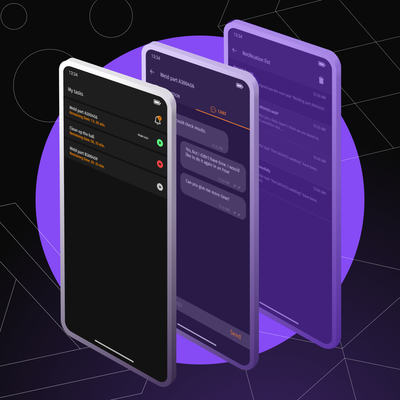Table of Content
The payment method for services and timing implementation is the first things that need to be settled in the contract between the customer and the contractor. Time & Material and Fixed Price cooperation models are just about that. Now we will tell you the positive and negative sides and why Time & Material should be given priority in web development.
What is a Fixed Price model?
A complete and detailed assessment of all the necessary work based on the terms of reference -that’s how the Fixed Price model works. Setting the final price and terms for the project gives the customer a guarantee that the work will be completed on time and without unexpected costs. All this makes the choice of a Fixed price model attractive.
The terms of reference itself should be high quality detailed, also include the current and future goals of the project, a description of the user problems that the product must solve, layouts and design, the functionality of the application and how to implement it, the architecture and structure of the internal system, and many other points that allow getting a high-quality product as a result.
Fixed Price also has disadvantages:
- Preparing the most accurate specification is a costly item in terms of time and budget.
- In addition to the costs of preparing the technical specification, the Fixed Price model implies some overpayment to cover the risks of the outsourcing company if additional tasks arise.
- Any changes to the project must be carefully scheduled and planned, and all accompanying documentation must be updated.
Outsourcing companies provide Fixed Price services only when the customer has an idea of what exactly needs to be done. Without understanding the goals and detailed technical specifications, the choice of such a payment method is an unfortunate decision.
What is Time & Material?
The customer pays only for the work performed - for the total number of hours spent on the project. Not a fixed amount for product development like the Fixed Price model.
You might think that the contractor has a free hand and will delay the process to work longer and get more money. But this isn’t true. The Time & Material model protects against this by dividing the whole project into separate blocks.
For a contractor, work planning is as follows:
- The main tasks are formed, it became clear what business problems the product solves, its functionality is determined, the money and time costs for the project are preliminarily estimated.
- The main tasks are divided into smaller ones, and specific tasks - functionality, modules, design elements, etc. Then, these features are divided into subtasks. Imagine a tree with a product at the root, and the branches are small functions that make the project work.
- In the end, each task block is assigned a time - a sprint, and the cost of this work. Upon the completion of sprints and the implementation of task blocks, the customer pays for the contractor’s work.
Working according to the Time & Material model, we are interested in providing you with a quality product at the optimal time - this guarantees our further successful partnership.
Client Pros
- The customer communicates with the team through a project manager who controls and shares authority within the team.
- The flexibility of the methodology allows you to quickly change the priorities, plans, and specifications of the future product, it is enough to inform the project manager about it.
- Perfectly compatible with Agile principles.
- Feedback and monitoring of intermediate results make it possible to keep abreast of all events and control the project.
- Dividing the project into stages makes budgeting clear and easier.
Contractors Pros
- The team is fully committed to the project and is focused on completing the assigned tasks and meeting intermediate deadlines.
- Pay is based on real labor costs, which motivates people.
- In a project divided into stages is easier to estimate the scope of work and determine the budget.
Why Time and Material?
We develop solutions for large and medium-sized businesses - these can be complex services for logistics, high-load systems, mobile applications, etc. Over 10 years of practice, we have made sure that at the start of the implementation of large projects and MVP, the customer rarely has an accurate idea of everything necessary functional. Most importantly, the Time & Material model works. It perfectly suits the needs of our customers and also simplifies the development process and future partnership.


